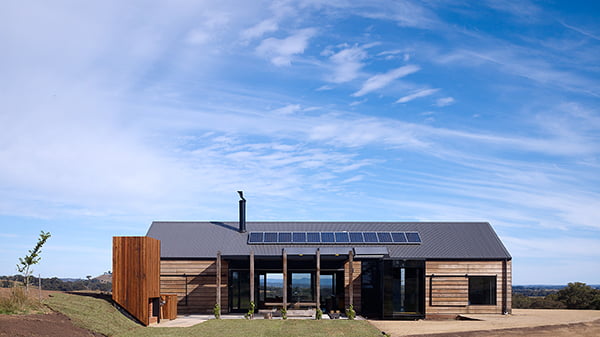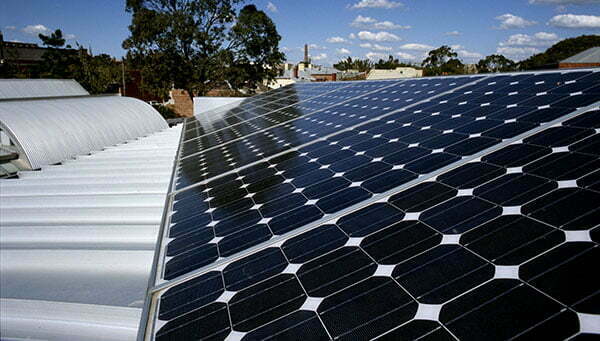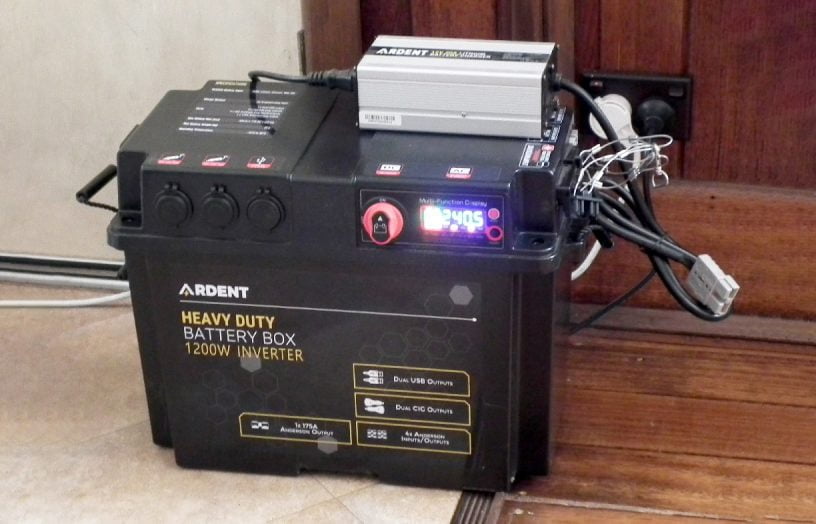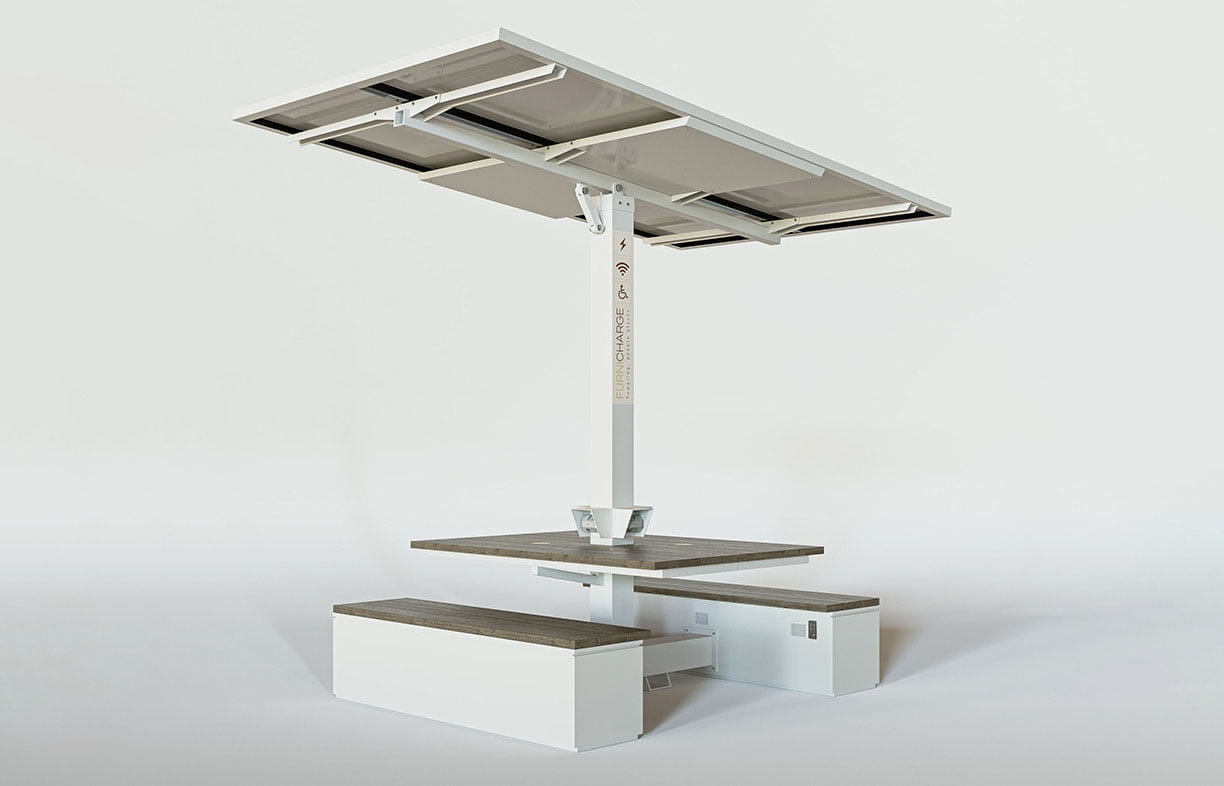Optimise your solar

There are now over 1.6 million solar power systems sitting atop Australian roofs, but do you know if yours is working properly? ATA founder and solar PV pioneer Mick Harris helps you find out.
Solar panels need very little maintenance. This is great, but can mean they are taken for granted and problems can go unnoticed even when they significantly reduce the benefit you get from the solar system.
Some companies claim that around half of all solar systems are not performing to capacity. This sounds alarming, but probably includes a wide range of cases from complete disconnections through to panels affected by dirt, which will fix itself with the next heavy rain.
The more serious cases are relatively rare, but can impact your bill significantly. Australian households often pay around $2000 per year for electricity, which many have managed to halve by adding solar. Households still on the high feed-in tariffs can gain an additional benefit of several thousand dollars per year.
There are two easy ways to see if your system is working: check your electricity bill and your solar inverter.

Your electricity bill
Your bill can show whether or not your solar system is working: if there is no export showing on your bill there may be a problem. Often your panels generate more electricity than you’re using, for example when you’re not home during the day. The excess electricity is automatically fed in to your local electricity grid, earning you money. Your bill will show this feed-in as a separate item, see Figure 1. (The rare exception is if your local grid can’t cope with your excess, so the local electricity distributor has required your solar installer to add a device blocking all feed-in.)

Your solar inverter
The solar inverter is a ‘box’ that takes electricity from the panels and feeds it to your switchboard. It’s often located on the wall near the switchboard at the front of the house or it might be in the garage or at the side of the house. They come in a range of colours – red, blue, grey and off-white are all common.
Most have a few lights and a small LCD screen on the front. The screen will generally tell you the power being produced at that moment, measured in watts (W) or kilowatts (kW). Most of them have a button that you press to scroll through other information. If the inverter is showing a strange message instead, it’s likely your solar system is inoperative (refer to the ATA’s Solar FAQ for some examples of error messages). Inverters work quite hard and like any electronic equipment do not live forever; 10 years is a reasonable lifespan. Inverters shut down at night.
Is it generating as much as it should be?
When your system was installed, it was rated to generate a number of kilowatts of power. You’ll find this on the quote and other paperwork, but if that’s not available it can be tricky to work out the system’s rated power. Each panel’s rated power is on its label, but of course they are on your roof! As a rough guide, recently installed systems have 3 to 4 panels per kilowatt of rated power. For example, if you have 16 new-ish solar panels, your system’s total rated power is probably 4 to 5 kilowatts. Panels have increased in size and power – most systems installed before 2010 needed about 5 to 6 panels per rated kilowatt.
Don’t be surprised if your inverter is reporting less than your system’s total power, as this was rated under laboratory test conditions of bright, direct sunlight and cool air. Such conditions are rare in the real world. For example, if you checked your north-facing solar system at midday on a clear, sunny day, the inverter might report 80 per cent of the system’s rated power, however if it’s generating only 50 per cent or less for a few clear days in a row there is likely to be a problem.
Many solar system panels are organised in two separate groups (or ‘strings’). If your system is generating only half what it should, perhaps one group has become disconnected.
Comparing with the neighbours
One way to check your system’s performance is to compare it against a similar system nearby. A good measure is the total energy your system generated on a particular day, measured in kilowatt-hours (kWh). Most inverters report this number, often under a heading such as ‘e-day’. It’s best to check daily energy near dusk, when the inverter is still operating but there’s very little generation to come.
Many solar enthusiasts have computers continually monitoring their generation and uploading it to a free community website called pvoutput.org. On this site you can search for a solar system within say 20km of your postcode, and see how much energy they generated yesterday in kWh (see the ATA Solar FAQs for details on how to find this).
For example, if your inverter reported that yesterday your north-facing 3kW solar system generated 12.1 kWh of energy. And someone in the next suburb has a 4kW system (also north-facing) that generated 16.3 kWh yesterday. Allowing for the fact that their solar system is bigger, the two systems performed similarly. If you find that your solar system is performing much worse than comparable systems, there may be something wrong.
Possible causes of under-performance
Most people with panels on a decent tilt (say greater than 10 degrees) find the panels self-clean in the rain. However this does vary with microclimate. If dirt, bird droppings, moss or other materials build up on the panels to the extent that they reduce the system performance, panels can be washed down with water with the help of a soft broom if required. Do not use detergents. It is best to avoid climbing on a roof for safety reasons; many companies offer panel-cleaning services.
A small amount of shade can have a big effect on performance. As well as the obvious trees, watch out for antennas, power lines and creeping vines. Shade may occur only at certain times, for example winter afternoons.
If your system especially underperforms on hot summer days, your inverter could be overheating. Ensure the heat sinks (fins) on the back or top of the inverter are clean and nothing is stored on top of the inverter. If it’s mounted on a sunny wall, you could consider installing an awning to give it some shade.
Panel quality failures are more serious problems, such as ‘yellowing laminate’ and ‘micro-cracks’ (also known as ‘snail trails’). In cases like these, try to get the panels replaced under warranty.
Site inspections
A number of companies offer on-site solar inspection services. If you were happy with the original installer, ask them to come back and do the service. If not, you could look online for someone who specialises in this or for a local company willing to do a service.
Some companies are charging around $400. This is too much, I would suggest $200 to $250 is more reasonable. It is worth asking if the service provider uses their own electricians. If they sub-contract the quality of the service could be less, as the contractor may want to rush in and out as quickly as possible. Even if your system is performing well, it’s a good idea to get your system professionally checked periodically, perhaps every five years. This would include checking electrical connections and panel mounting.
Online monitoring
There are some companies offering remote monitoring services for your solar power system. These will probably give a handy program or app that gives you statistics or charts, and perhaps automatically alert you if they detect that the performance has suddenly dropped. Identifying the cause of the problem is trickier. Some services claim they can diagnose some faults from their distinctive effect on patterns of solar generation, but to really understand the cause and fix it you’ll still need a site inspection. Many solar installers can add remote monitoring at the time of install.
Optimising your solar bill savings
Unless you have a feed-in tariff greater than your retail cost of buying electricity from the grid, solar electricity gives the best savings when it powers your appliances directly. So if practical, run your energy-intensive appliances during the daytime. For example, hot water uses a lot of energy, so you could use an electric hot water system (or a heat pump) running on a timer from 11am to 5pm. Water pumping is another prime candidate, for example irrigation or pool filtration.
If your home is well insulated and well sealed, it may be worthwhile to run your reverse cycle air conditioner during a sunny day, leaving the living spaces comfortable well into the night. The ATA has an independent advice service to help households optimise their systems in this way.
Batteries can also save your excess solar for use in the evening. For more information on batteries and if they are right for you, see recent articles “Just add batteries?” and “How green is my solar” in ReNew 137 and “Should you quit the grid?” in Sanctuary 37.
Repairs and upgrades
In the worst case, a failed or underperforming system may need to be repaired. The solar industry is developing quickly, so in practice it can be hard to repair, replace and upgrade systems because the original panels are no longer available. Also the replacement inverter has to be compatible with the panels. In recent years, safety standards for solar systems have increased, so a solar installer repairing or upgrading your system should take it up to current electrical standards. This may be expensive in some cases.
Finally, if you have a good feed-in tariff, upgrading your system could result in you losing your attractive feed-in tariff as repairs are only permitted to replace ‘like for like’.
In some cases, repairing a system can cost more than the cost of the original system. This is particularly common where the system was very cheap in the first place. The old adage ‘you get what you pay for’ applies here.
Solar is a wonderful thing. About 10 years ago a 100-watt solar panel cost about $1000. Today the same panel would cost around $100 which is a massive change. With prices now so low, don’t hesitate if you have a system that is hard to repair: buy a new one and bask in the joy of making your own power and paying less to energy companies.
More on solar + batteries
 DIY
DIY
Deleting the genset
If you have the need for the occasional use of a generator, then why not replace it with a much cleaner battery backup system instead? Lance Turner explains how.
Read more Renewable grid
Renewable grid
Is a floating solar boom about to begin?
Rob McCann investigates the world of floating solar energy systems.
Read more Products
Products
Product profile: Portable solar recharge hubs
Providing device recharging for events or outdoor areas with no access to electricity can be difficult, but the Furnicharge Freedom Hub makes it simple.
Read more

